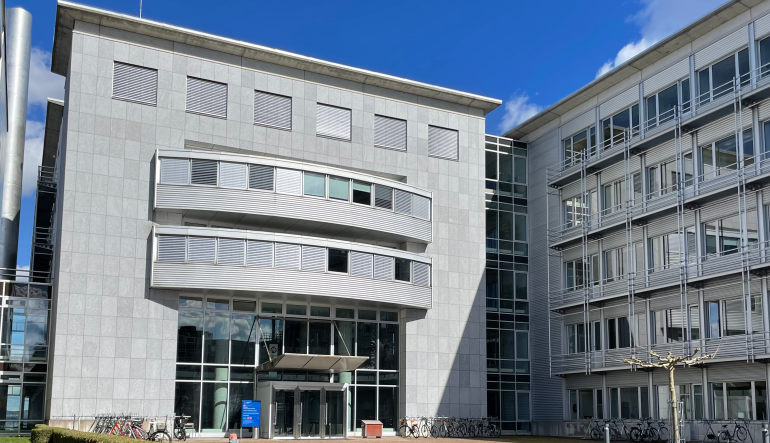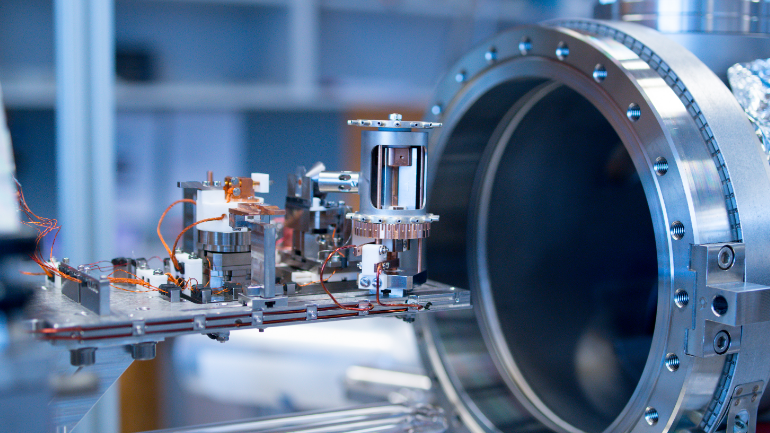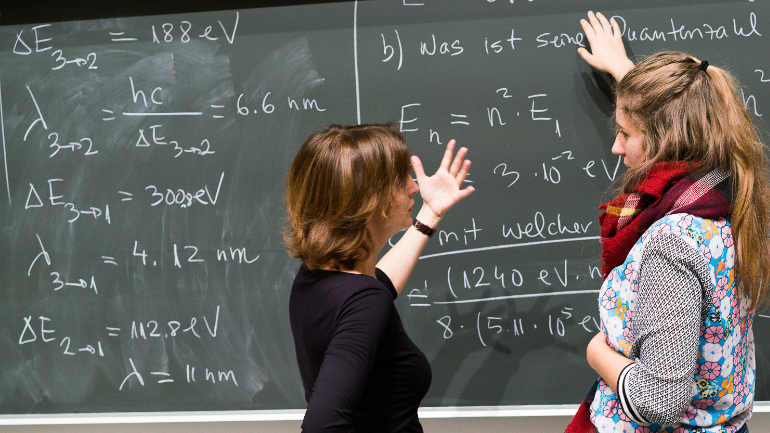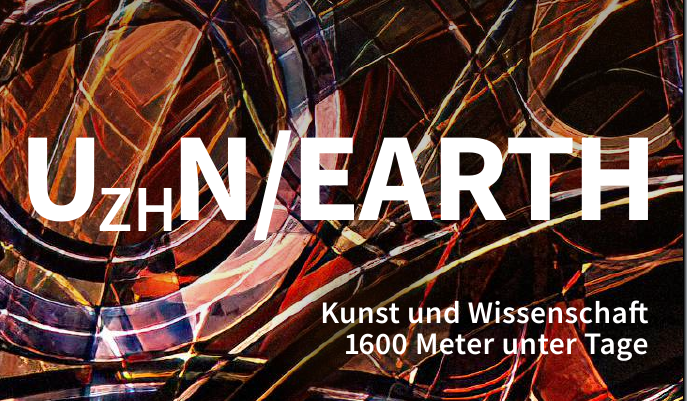Latest News
News list
-
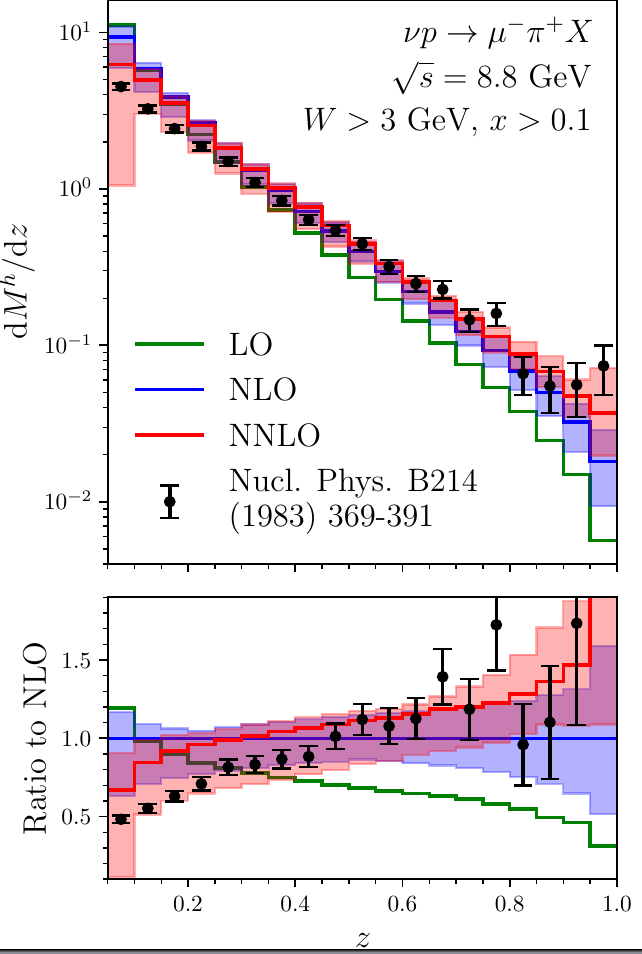
Rediscovering Forgotten Neutrino Data: Shedding New Light on the Hadronisation Mechanism
High-energy neutrino data, collected by the Big European Bubble Chamber at CERN back in 1982, can play a surprising new role in understanding how pions are created. These long-overlooked measurements from neutrino-nucleon collisions can now help to study hadronisation — the process by which quarks and gluons transform into bound states such as pions. This advancement was made possible by our new precision calculations for identified hadron production.
Publication by the group Gehrmann: https://journals.aps.org/prl/abstract/10.1103/rr84-wlt3
-
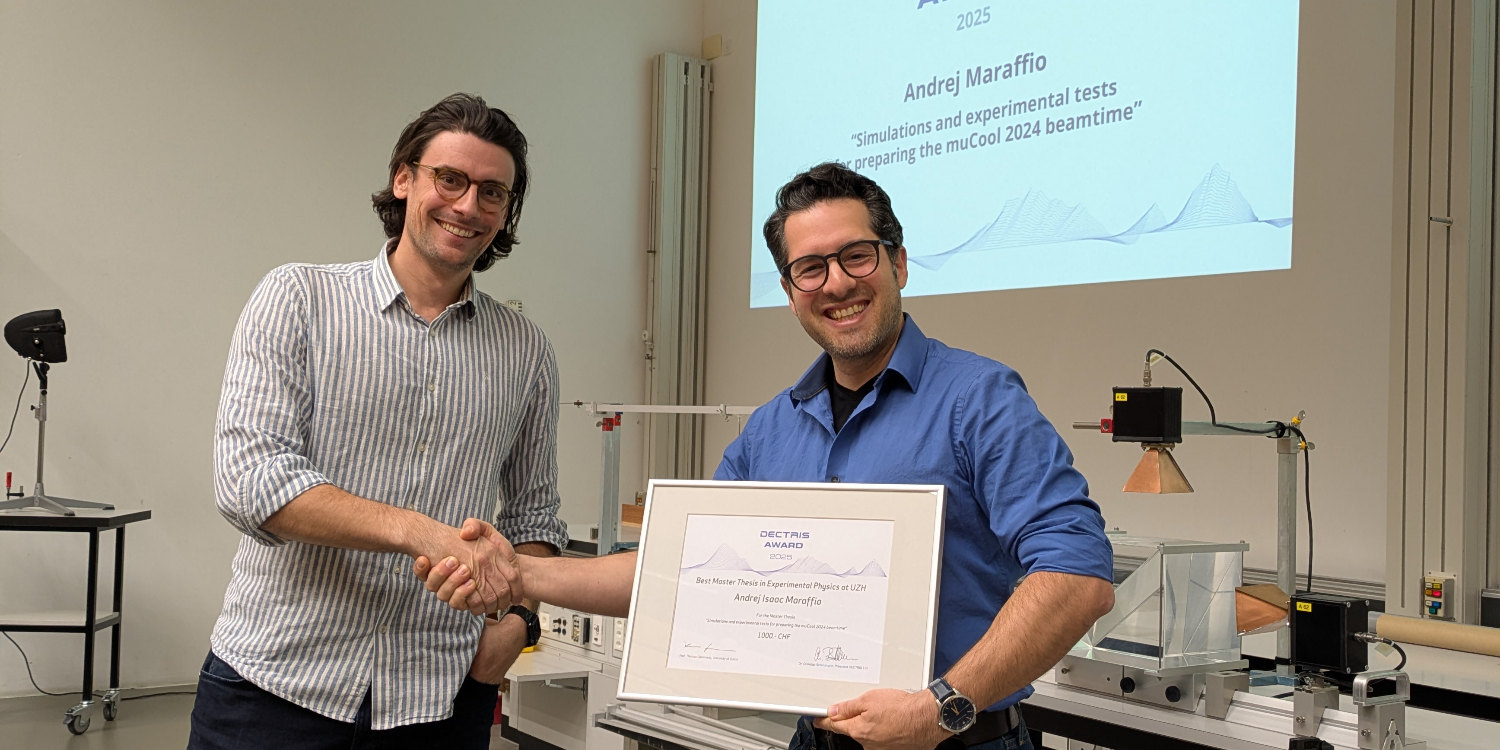
Dectris Prize: Congratulations to Andrej Maraffio
for winning the Dectris Prize 2025 for the best experimental master thesis on 'Simulations and experimental tests for preparing the muCool 2024 beamtime'
-
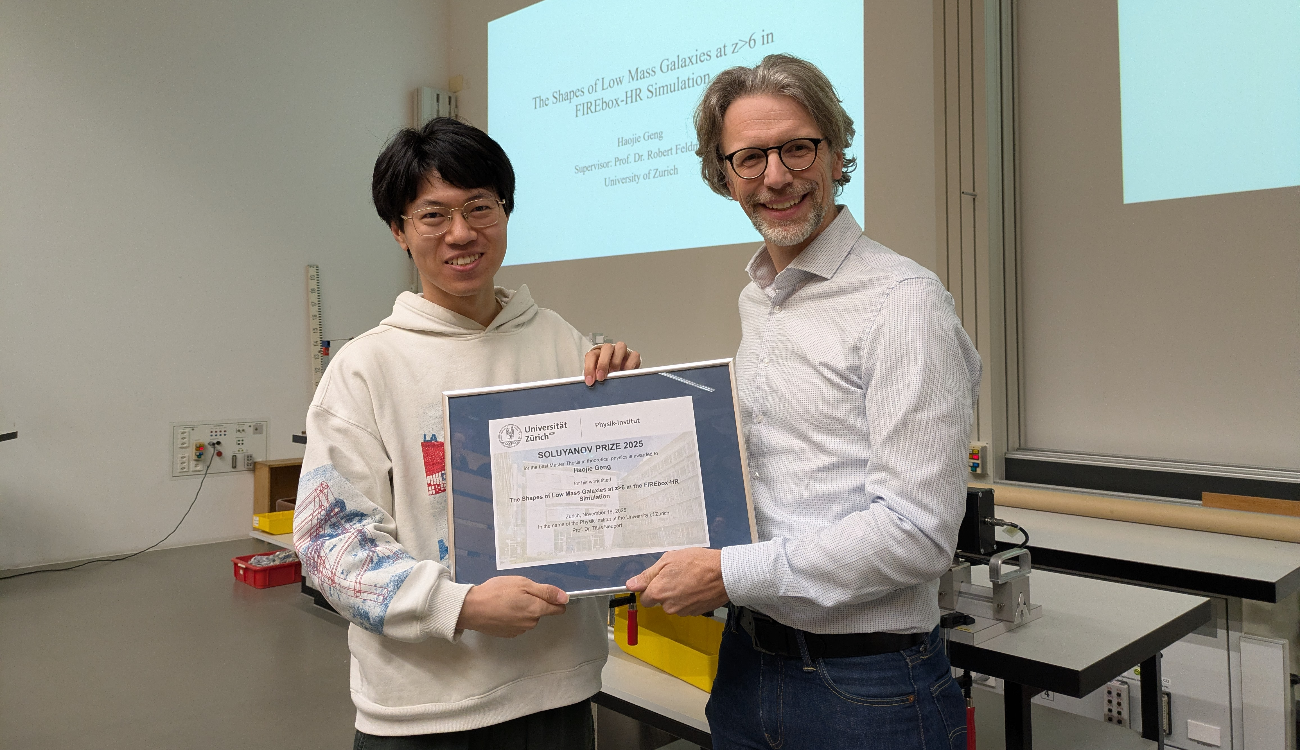
Soluyanov Prize: Congratulations to Haojie Geng
for winning the Soluyanov Prize 2025 for the best theoretical master thesis on 'The shapes of low mass galaxies at z>6 in FIREbox HR simulation'
-
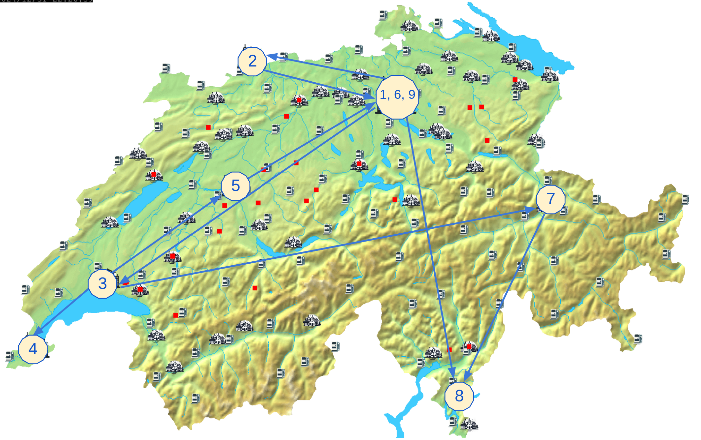
BRIDGE Discovery Grant for Nicola Serra and Alessio Figalli
Funded by a BRIDGE Discovery Grant, UZH physicist Nicola Serra and ETH mathematician and Fields Medalist Alessio Figalli plan to pair optimal transport theory with AI to fortify supply-chain weak spots. See UZH News article.
This map shows a typical day in our Swiss logistics simulation, where trucks connect warehouses across the country. It illustrates how our BRIDGE project uses AI to make supply chains more reliable, efficient, and resilient to disruptions.
-

Open Day 2025, 18 & 21 November
Exhibition of research posters in the mechanical workshop and in the Lichthof
-
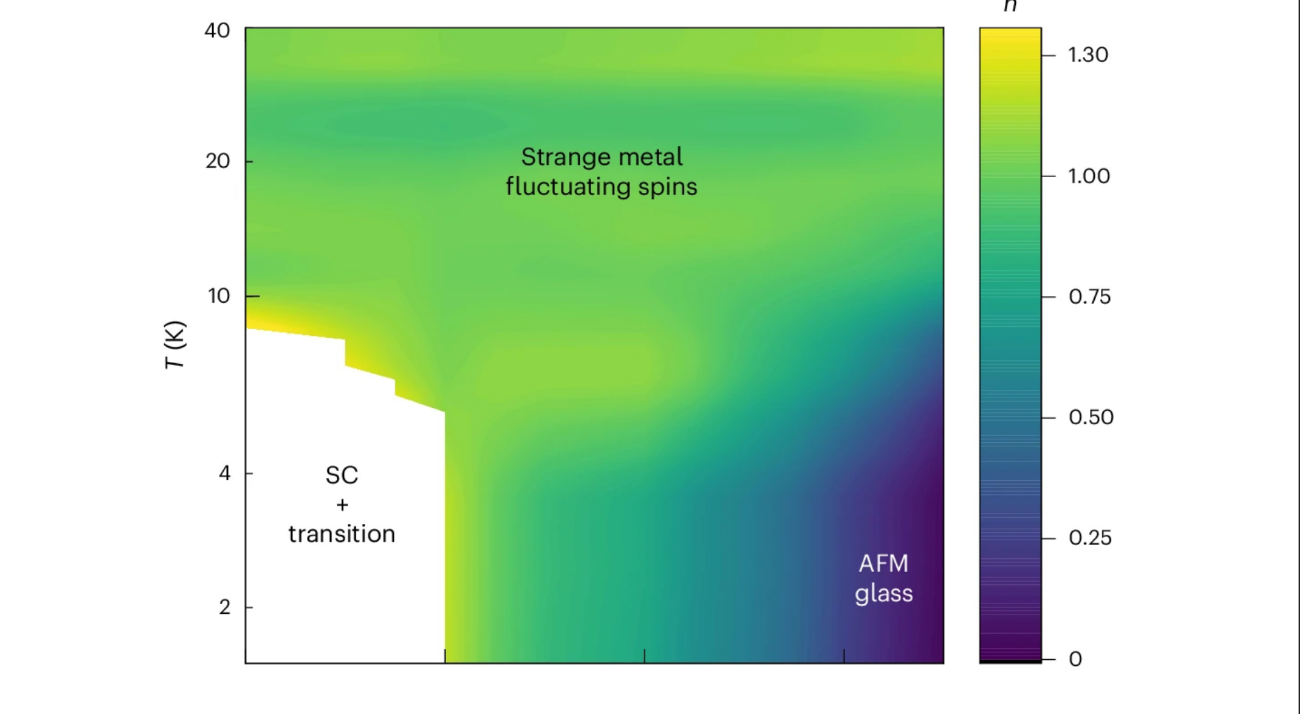
Johan Chang: New publication in Nature Physics
on the impact of low-energy spin fluctuations on the strange metal in a cuprate superconductor.
It was investigate how the strange metal phase of La2-xSrxCuO4 is impacted by a field-induced glassy antiferromagnetic state. Strange metals exhibit unusual properties such as a resistivity that scales linearly with temperature. It was found that the transport properties of the strange metal phase are closely linked to low-energy magnetic fluctuations that persist at
the lowest temperatures. -

Congratulations to Chiara Savoini
for winning the CHIPP PhD prize 2025 for her work on precision measurements for top quarks.
Article on CHIPP news -

Congratulations to Marc Janoschek
Marc Janoschek, UZH professor and head of the PSI Center for Neutron and Muon Sciences, was selected to become a American Physical Society Fellow “For groundbreaking contributions to revealing and understanding quantum states of strongly correlated materials through the innovative development and application of neutron-scattering techniques.”
-
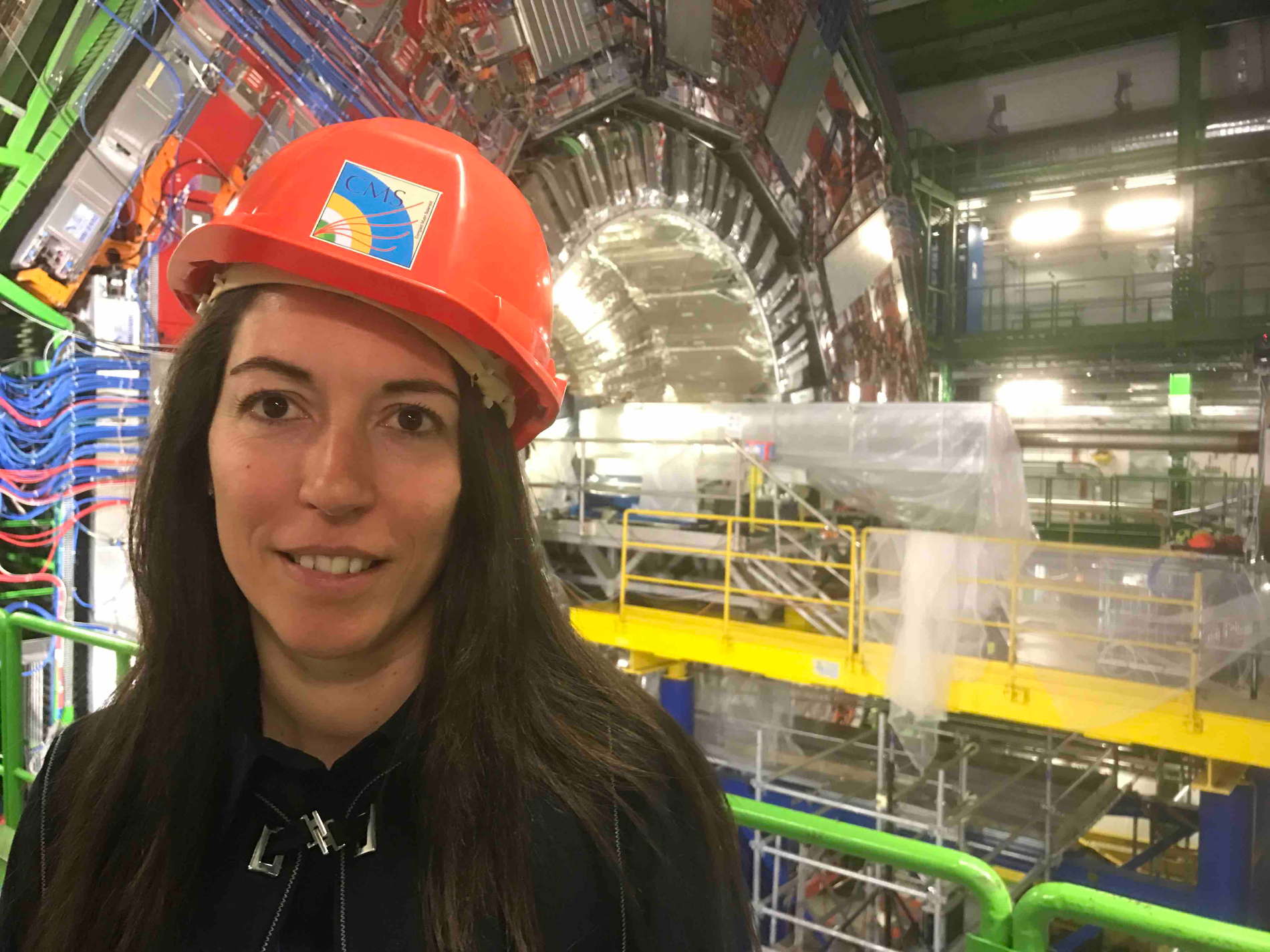
Congratulations to Florencia Canelli
UZH professor Florencia Canelli was selected to become a American Physical Society Fellow “For distinguished leadership in physics at the Large Hadron Collider at CERN and for significant contributions to the study of the top quark at the Large Hadron Collider and at the Tevatron at Fermilab. ”
-

New fundamental physics at the Bedretto Lab
Björn Penning leads a new research initiative to establish a fundamental physics laboratory at ETH’s BedrettoLab. Situated up to 1.5 kilometers beneath the surface in solid granite, the BedrettoLab offers ideal conditions to study fundamental physics. In this interview, Björn shares what makes the BedrettoLab so well suited for this research and outlines the scientific questions he hopes to investigate there.
Article from Bedretto Lab -

First result from Superconducting Dark Matter Detector
Superconducting sensors can detect single low-energy photons. Researchers with leading contributions from groups from our institute (Schilling, Baudis, Penning, Neupert) have used this capability in a dark matter experiment (QROCODILE) and published first results in PRL.
PRL: https://journals.aps.org/prl/highlights
Physics Magazine: https://physics.aps.org/articles/v18/s104
-

Quantum Century Exhibition
In the UZH Science Library, Campus Irchel
Opening hours: weekdays 9:00-17:00 -
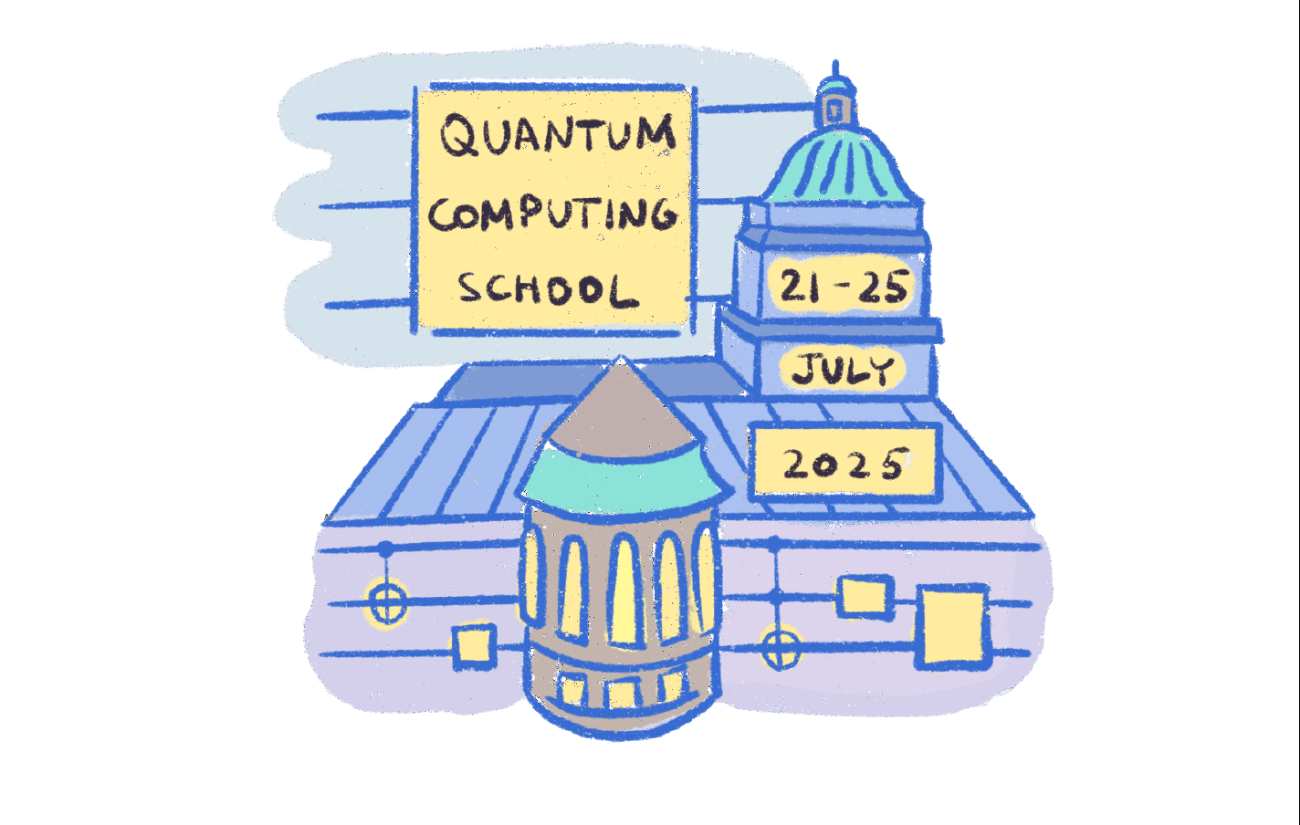
-
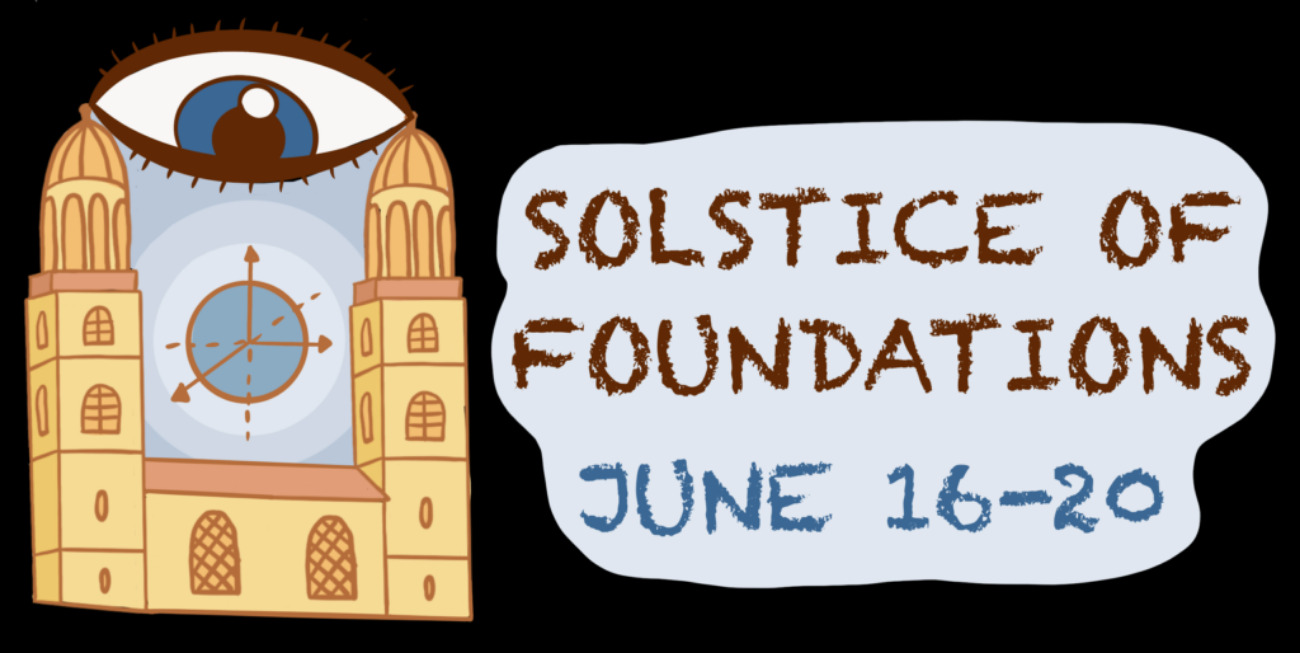
Solstice of Foundations
Summer school on Quantum Foundations, 16-20 June 2025 @ University of Zurich
https://foundations.squids.ch/ -

-
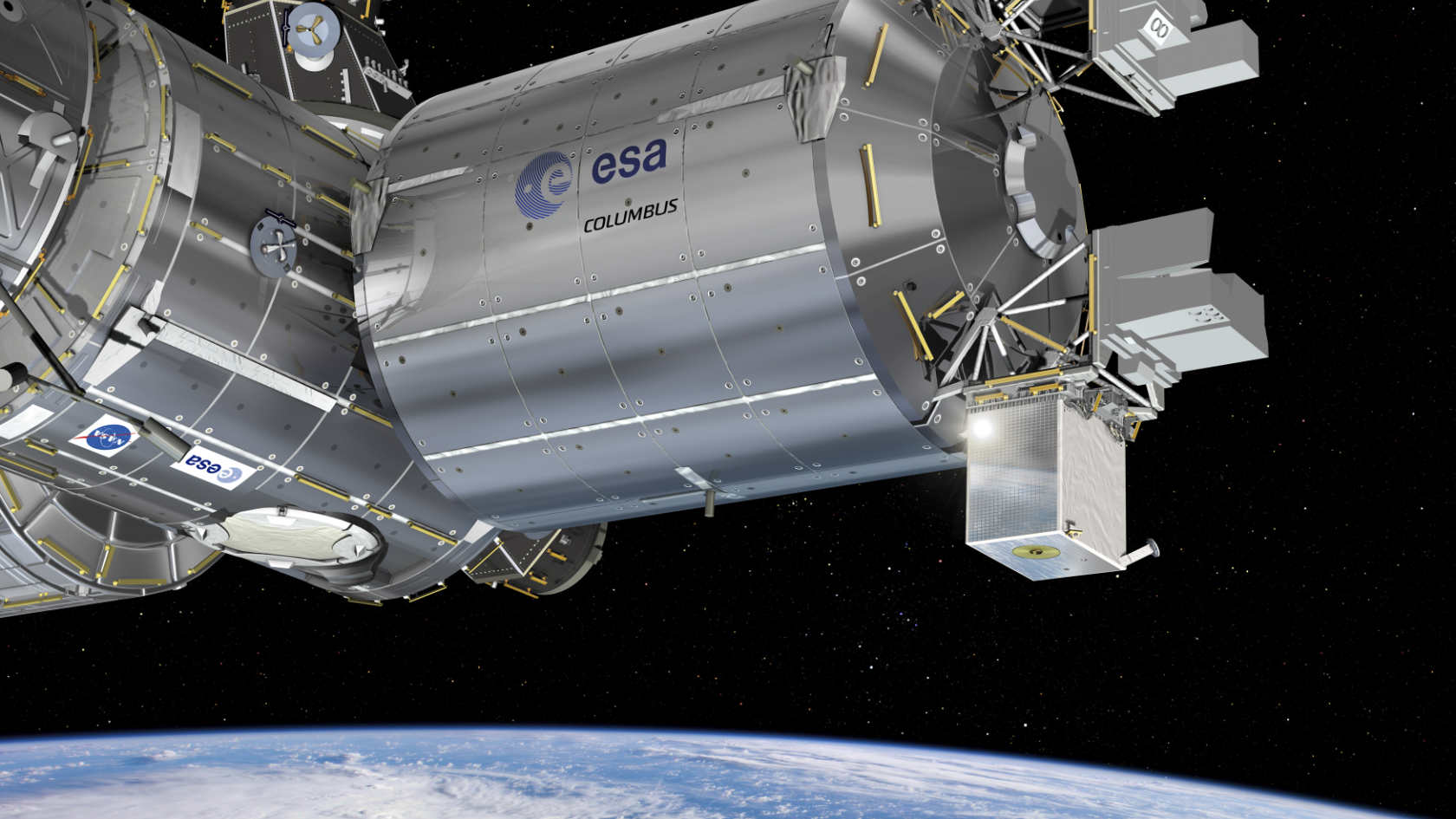
Launch of the ESA experiment ACES
a set of ultra-precise atomic clocks in space will test Albert Einstein’s theory of general relativity with contributions from Philippe Jetzers' group.
-
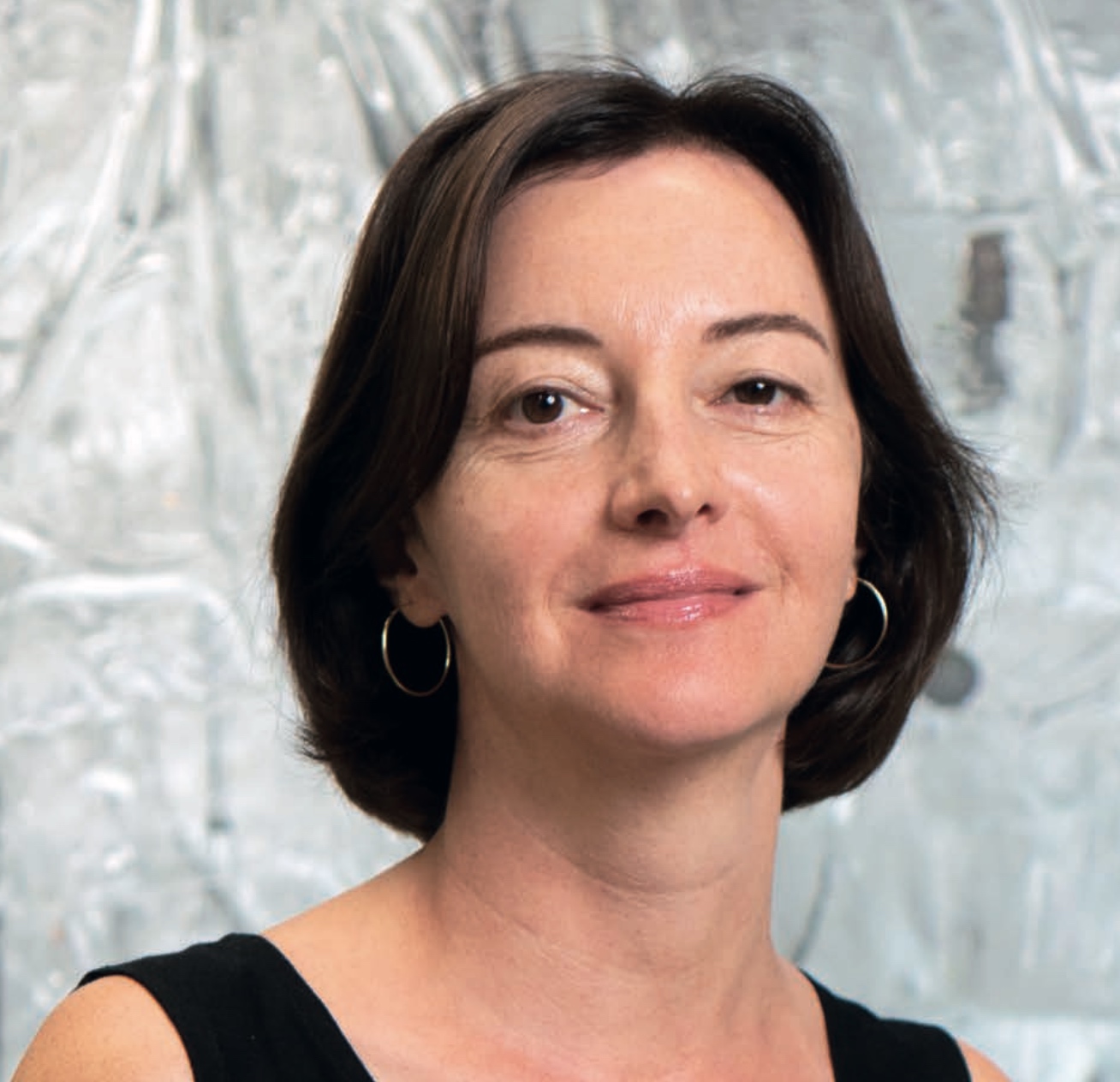
Congratulations to Laura Baudis elected to the U.S. National Academy of Sciences
The U.S. National Academy of Sciences elected Laura Baudis in recognition of her outstanding and continuing achievements in basic research.
-
The LHC experiment collaborations at CERN receive Breakthrough Prize
The prize was awarded to the collaborations for their “detailed measurements of Higgs boson properties confirming the symmetry-breaking mechanism of mass generation, the discovery of new strongly interacting particles, the study of rare processes and matter-antimatter asymmetry, and the exploration of nature at the shortest distances and most extreme conditions at CERN’s Large Hadron Collider”.
-
-

Zurich and the birth of quantum mechanics
Article on the life and research of Wolfgang Pauli and Gregor Wentzel in the 1920s
-

Gina Gibson: Artist-in-residence
Gina Gibson is a visual artist and Professor of Digital Communication at Black Hills State University (US).
Gina is a visiting professor and artist-in-residence at the Department of Physics. During her residence, she will collaborate with researchers to create a new body of artwork, engaging with the scientific community and exploring the intersection of art and physics.
Her artwork is currently shown in the exhibition UZHN/EARTH in the Science Pavilion UZH.
-

Welcome Professor Nigel Glover
Prof. Dr. Nigel Glover, professor for theoretical particle physics at the Durham University joins the group of Thomas Gehrmann as a guest professor.
-

Small But Mighty: TESSERACT Joins the Hunt for Dark Matter
Using super-sensitive detectors smaller than a stamp, a new experiment is searching for dark matter at masses no other experiment has explored.
-
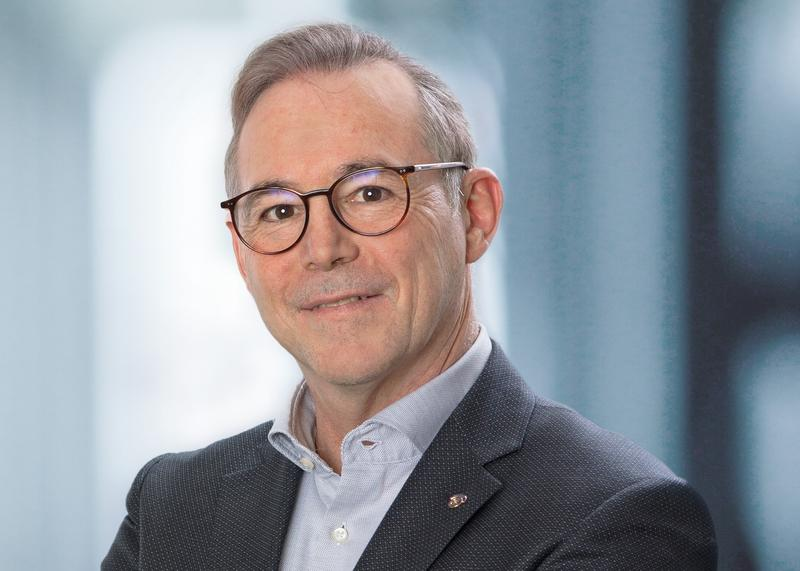
Guest Professor Matthias Neubert
Prof. Dr. Matthias Neubert, professor for theoretical particle physics at the Johannes Gutenberg University Mainz joins the group of Gino Isidori as a guest professor.
-
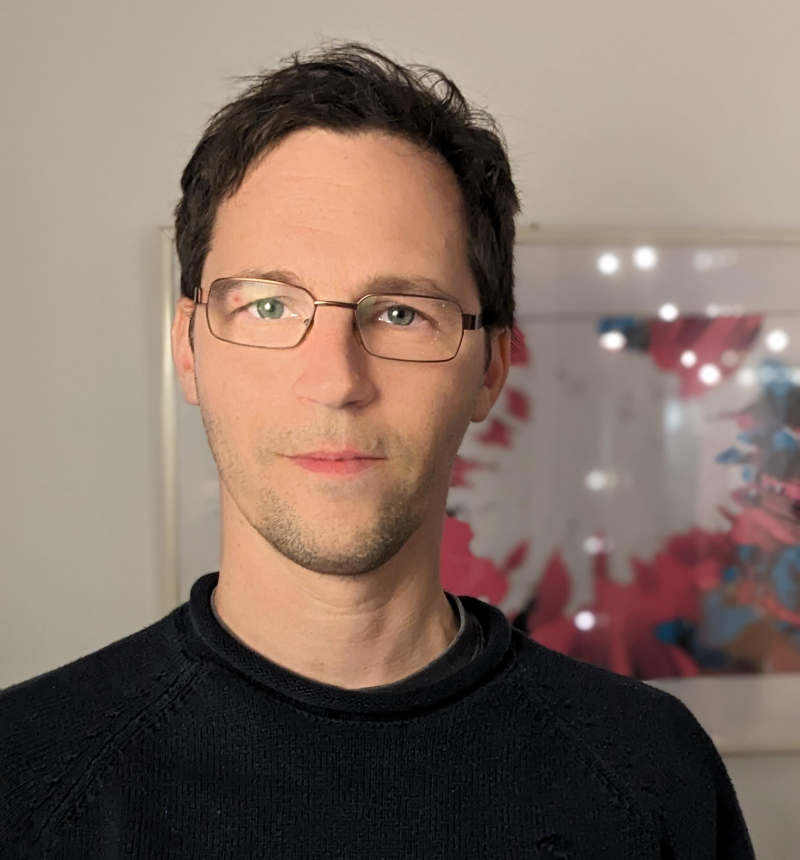
Fabian Natterer
Congratulations on the promotion to Associate Professor for Quantum Materials and Sensing
- Neutrino Data
- Dectris Prize
- Soluyanov Prize
- Bridge grant
- Open Day 2025
- Johan Chang: New publication in Nature Physics
- First result from Superconducting Dark Matter Detector
- Quantum Century Exhibition
- Quantum Computing Summer School
- Solstice of Foundations
- Quantum Computing Summer School
- Launch of ACES
- Congratulations to Laura Baudis
- Breakthrough prize 2025
- Dark sirens singing about dark energy
- Gina Gibson: Artist-in-residence
- Small But Mighty: TESSERACT Joins the Hunt for Dark Matter
- Guest Professor Matthias Neubert
- Fabian Natterer
